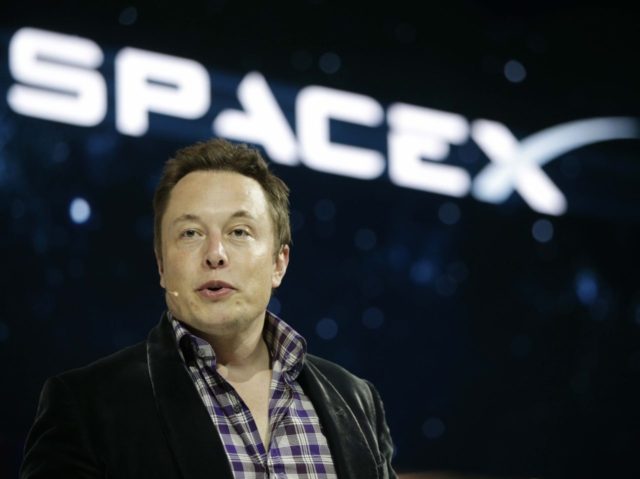California’s Space X and Boeing are going ballistic in a race to dominate the deployment of up to 30,000 low-orbit 5G communications satellites over the next decade.
Breitbart News reported earlier this month that the California Franchise Tax Board is proposing to “tax the movement or attempted movement of people or property — including, without limitation, launch vehicles, satellites, payloads, cargo, refuse, or any other property — to space.”
California’s taxman is rushing to grab a novel new income stream, because Space Launch Complex 6 at the Vandenberg Air Force Base in Ventura County has become the optimum site for commercial satellite space missions.
Cape Canaveral’s Kennedy Space Center on Florida’s Atlantic Coast requires commercial missile launches to fly eastward to avoid major populated communities. This was ideal for the military during the Cold War, when Russia and Cuba were the enemy.
But Vandenberg’s Complex 6 launches can fly southward over the Pacific Ocean, allowing commercial payloads to more efficiently be placed in polar and Sun-synchronous orbit to achieve global coverage.
SpaceX kicked up the boom on March 30 with the successful launch from Cape Canaveral of a recycled Falcon 9 booster to lift a $400 million SES-10 communications satellite into Geostationary Transfer Orbit. The commercial cost at the time for a Russian Proton or a SpaceX Falcon 9 to launch first-stage-boaster-rocket was $60 million.
But SpaceX President Gwynne Shotwell stated that future relaunches of used Falcon 9 rockets, net of $1 million in refueling and $3 million in refurbishment, would fall to $40 million, about a 33 percent cost savings.
Boeing filed an application with the Federal Communications Commission (FCC) early last November to deploy a constellation of satellites to tap the lightly used V-band radio telecommunications spectrum, which sits directly above Ka-band, from about 37 GHz to the low 50 GHz range.
Five companies — SpaceX, OneWeb, Telesat, O3b Networks and Theia Holdings — quickly told the FCC that they also had plans to deploy field constellations of V-band satellites in non-geosynchronous orbits to provide U.S. and foreign communications services.
SpaceX’s application was the most ambitious, stating that the company planned to begin by 2019, lifting 4,425 communications satellites into low-Earth orbits, below the 62-mile edge of space. After the success of its March launch of a recycled Falcon 9 rocket, SpaceX increased its constellation by 7,500 more satellites, according to Space News.
SpaceX Vice President of Satellite Government Affairs Patricia Cooper told the Daily Breeze: “These systems can help alleviate the inherent challenges of providing high-speed internet to rural and ‘hard to reach’ areas.” He claimed that SpaceX had the financial advantage of being vertically integrated from “design, development, production, launch and operations” to achieve global high-speed 5G broadband coverage from space at an affordable price.
SpaceX’s Twitter account reported a picture perfect launch and “Successful deployment of Inmarsat-5 Flight 4 to a Geostationary Transfer Orbit” late in the afternoon of May 15.

COMMENTS
Please let us know if you're having issues with commenting.